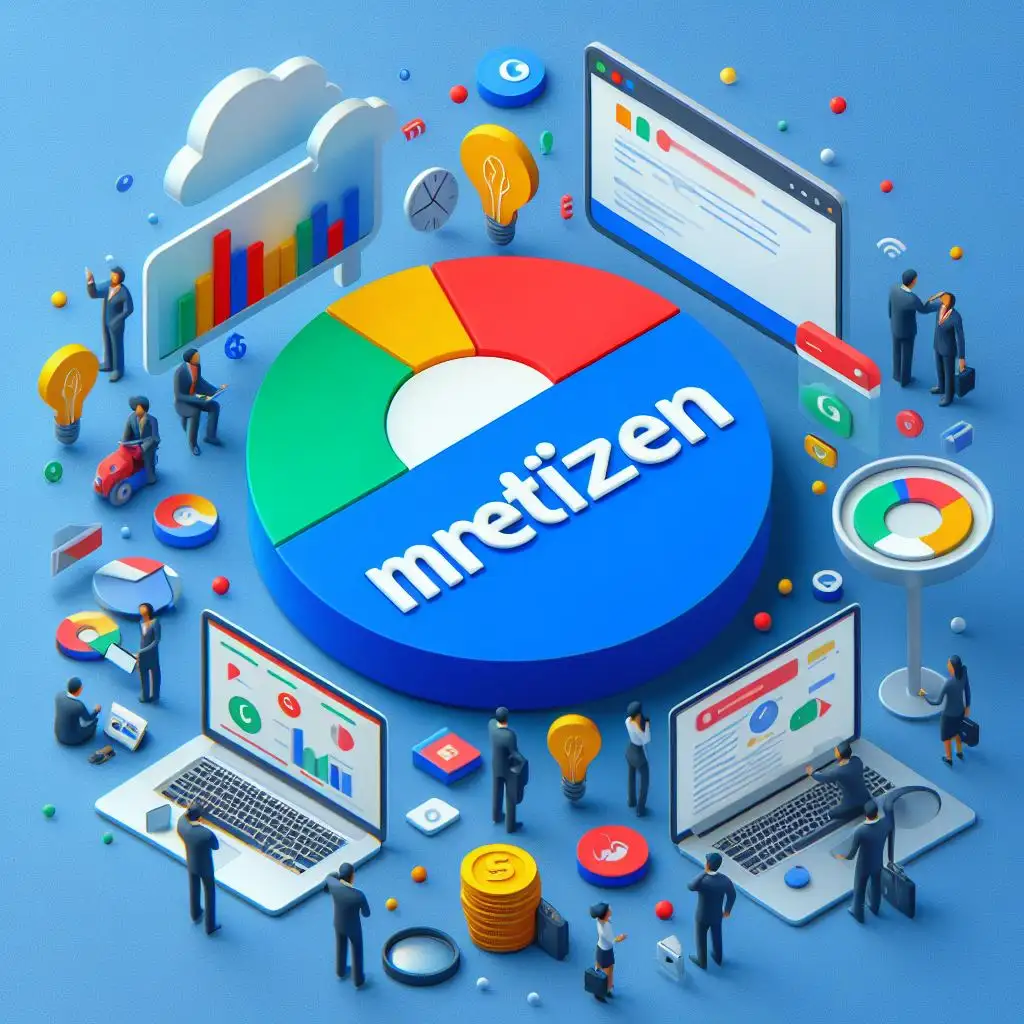Learn more about how to create a good employee onboarding process.
A systematic onboarding program ensures managers and new employees remain focused. Utilizing a checklist that includes important onboarding events such as the initial day introduction, paperwork submission deadlines, and a job training timetable is crucial for successful employee onboarding.
Although onboarding is often seen as the initial step in starting a new job, the process of "preboarding" occurs before the employee's official first day of work. If preboarding is done well, new employees will be eager and ready on their first day.
Ways To Establish A Successful Employee Onboarding Procedure
Once new employees are approved for the job and accept the offer, the multifaceted onboarding procedure starts. Make an effort to accomplish the following tasks within the initial weeks of the employee's tenure at your organization:
Distribute a Welcome Package
Using welcome packets is an excellent method to welcome new staff members. Add contents to the package that represent the company's values and demonstrate to new employees that they are valued. Mugs, calendars, pens, an org chart, a phone book, and a facility map are always welcome. Additionally, send a digital copy of the welcome letter that is included in the folder.
Gather Personal Data
If documents were not gathered before boarding, it is necessary to document the social security number, address, phone number, legal name, pronouns, date of birth, and emergency contacts for each new employee. Businesses with at least 100 workers must provide an EEO-1 report, allowing new hires to voluntarily disclose their race, ethnicity, and gender.
They are also required to make a declaration regarding the optional nature of this investigation. Finally, it is recommended that if an employee opts not to self-disclose, the employer may refer to employment records or visually determine the employee's race, ethnicity, and gender.
The onboarding process is a good opportunity to distribute an employee questionnaire during the paperwork phase. These surveys may inquire about the new employee's hobbies, preferred dining establishments, or any other details that can assist in choosing future rewards for work-related incentive schemes. However, filling out this survey should be voluntary.
They are also required to make a declaration regarding the optional nature of this investigation. Finally, it is recommended that if an employee opts not to self-disclose, the employer may refer to employment records or visually determine the employee's race, ethnicity, and gender.
The onboarding process is a good opportunity to distribute an employee questionnaire during the paperwork phase. These surveys may inquire about the new employee's hobbies, preferred dining establishments, or any other details that can assist in choosing future rewards for work-related incentive schemes. However, filling out this survey should be voluntary.
Present The New Team Member To Their Colleagues
Social greetings and interactions promote integration in the workplace. Think about having lunch on the first day with the new team members and the new employee. An unstructured midday meal is the perfect opportunity for new employees to understand office relationships and corporate values.
Promote the Involvement of New Staff Members
Seek the perspective of the new employee in team meetings. Motivate newcomers to the team to express their opinions by asking, "What are the thoughts of our new team members? I think they have a new perspective that we haven't thought of yet”.
Employ The Buddy System
Assigning a work buddy or mentor is recommended to encourage direct co-worker involvement. Friends or guides may be assigned in a formal or informal manner, and the partnership can last for a set period or simply continue naturally. Mentors offer guidance and offer understanding of company culture and team relationships for new employees.
These people can also exchange successful methods with new members. Mentor relationships evolve and develop over time, rather than staying the same. Having a dependable work friend boosts both employee happiness and loyalty.
These people can also exchange successful methods with new members. Mentor relationships evolve and develop over time, rather than staying the same. Having a dependable work friend boosts both employee happiness and loyalty.
Offer Job-Specific Resources
Equipment for work should be given out at the start of the employee onboarding process. The IT department needs to set up and provide the employee's laptop and any other relevant devices. Guidelines regarding the company's equipment policies need to be outlined and approved in writing.
It may also be necessary to provide different work tools. Reviewing all workplace accommodations required is crucial. It is important to inquire with new employees about their desired office setup, including ergonomic seating options, office decor choices, etc., if the company offers them.
It may also be necessary to provide different work tools. Reviewing all workplace accommodations required is crucial. It is important to inquire with new employees about their desired office setup, including ergonomic seating options, office decor choices, etc., if the company offers them.
Disperse The Staff Manual
Workers might be reluctant to seek clarification. Giving employees access to a comprehensive handbook with valuable information decreases the chances of errors due to a lack of fundamental workplace understanding. Ensuring all policies are up to date and legal can be achieved through an annual employee handbook review.
In addition to the yearly evaluation, employers must also revise handbooks when there is a change in company policies or procedures, or when new state or federal laws that are applicable are passed. Updated manuals need to show that they take precedence over previous editions.
If social media is allowed on company devices, refrain from implementing unnecessary, impractical, or invasive limitations on employee usage. Excessively strict social media rules can impact staff morale and lead to disobedience.
In addition to the yearly evaluation, employers must also revise handbooks when there is a change in company policies or procedures, or when new state or federal laws that are applicable are passed. Updated manuals need to show that they take precedence over previous editions.
If social media is allowed on company devices, refrain from implementing unnecessary, impractical, or invasive limitations on employee usage. Excessively strict social media rules can impact staff morale and lead to disobedience.
Examine Benefits Details
Employee handbooks need to include a portion discussing employee benefits like health insurance and 401(k) retirement plans. New hires need to be taught how to access the company's benefits portal.
Establish Criteria For Measuring Performance
Providing new employees with specific goals and deadlines helps them understand what success looks like in the company. Informing employees of the criteria and timeline for evaluating their performance helps them understand the main objectives of their new roles. Newly recruited employees should also be informed about the most effective methods for giving 360 feedback.
Start Training Sessions
Training is divided into three groups: job-specific, corporate, and legally mandated. Training that is specific to the job may be done during the onboarding period, while training that is required by the company or by law will be ongoing during the new employee's tenure. Outlining the company's ongoing training initiative showcases the company's dedication to its workforce.
What To Do If Employee Onboarding Was Unsuccessful?
The process does not have to begin again from the beginning. Instead, intervene when things seem wrong. If an employee is consistently not meeting sales targets, perhaps the training approach used was not compatible with their learning style. Inquire to the staff member, "What kind of training would be beneficial?"
Reboarding employees should not be seen as a lack of success in the onboarding process. Onboarding that is effective is not a precise science. Managers can enhance the efficiency of the processes for future new hires by recognizing their shortcomings.
Reboarding employees should not be seen as a lack of success in the onboarding process. Onboarding that is effective is not a precise science. Managers can enhance the efficiency of the processes for future new hires by recognizing their shortcomings.
Conclusion
An inadequate employee onboarding process can negatively impact the employee's perception of your company from the beginning. Therefore, the initial impression is important.


























